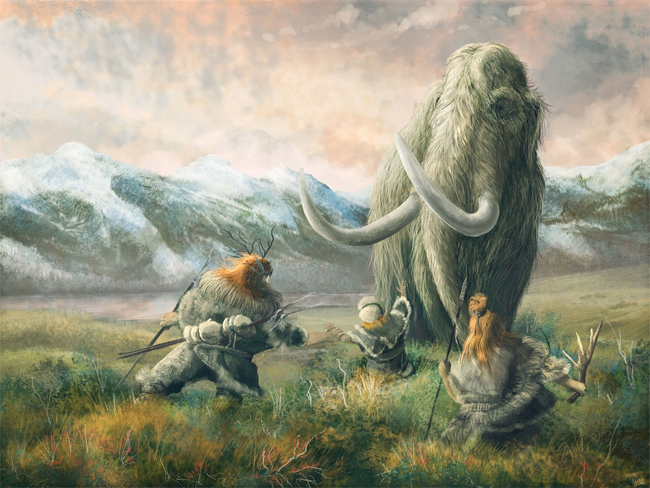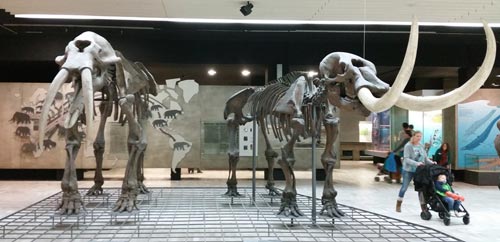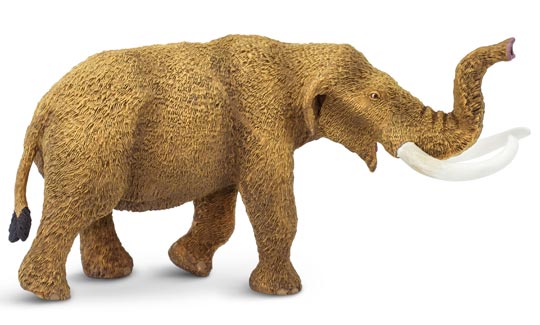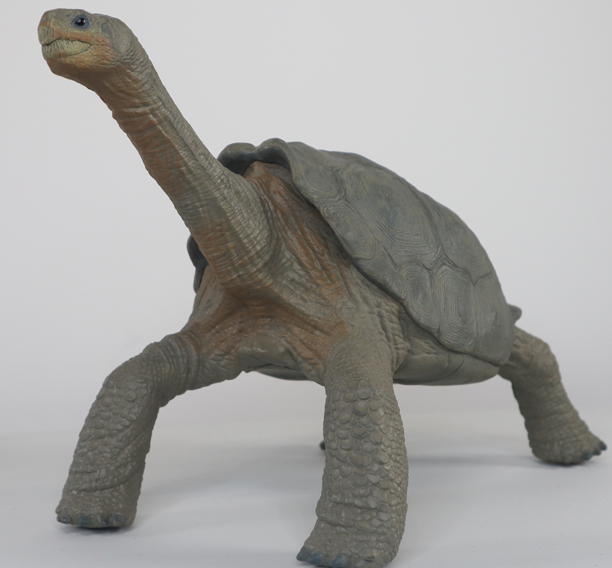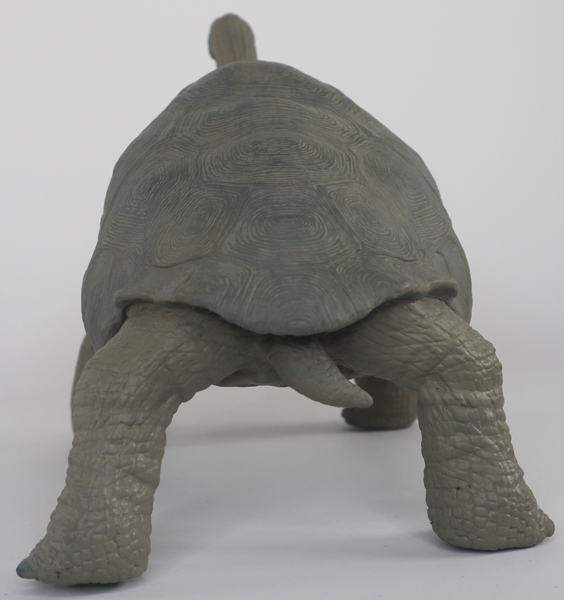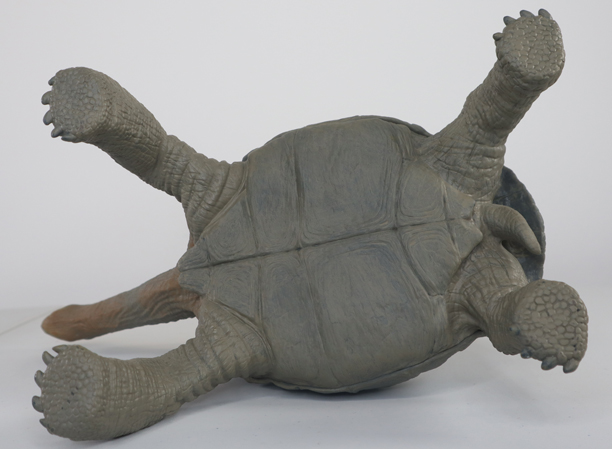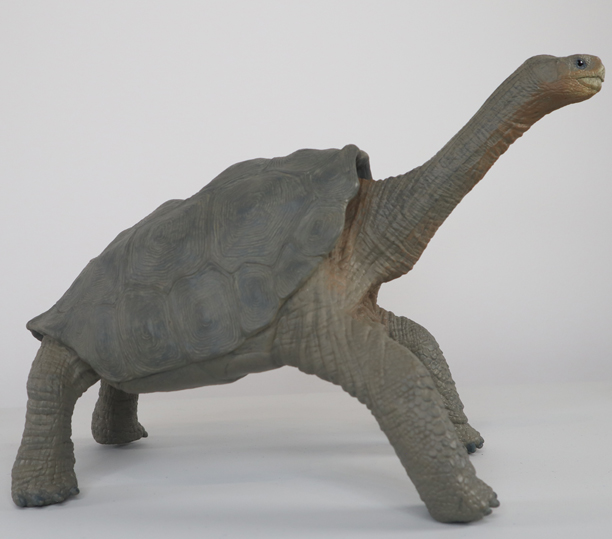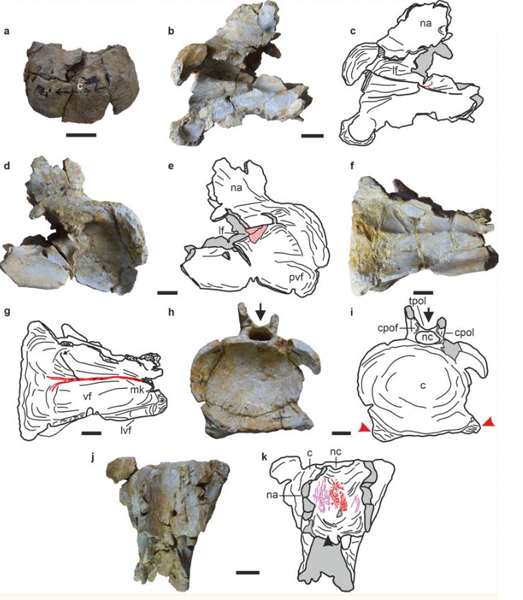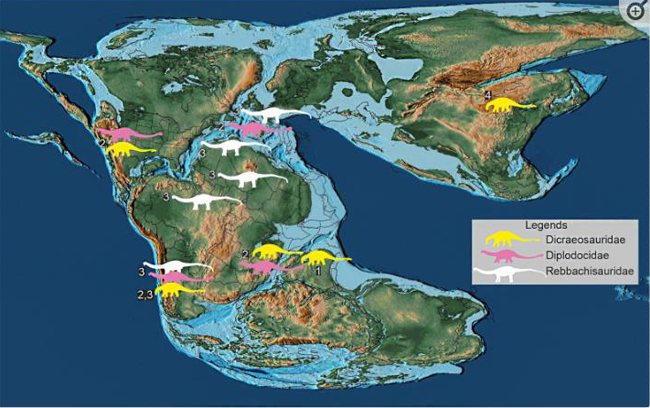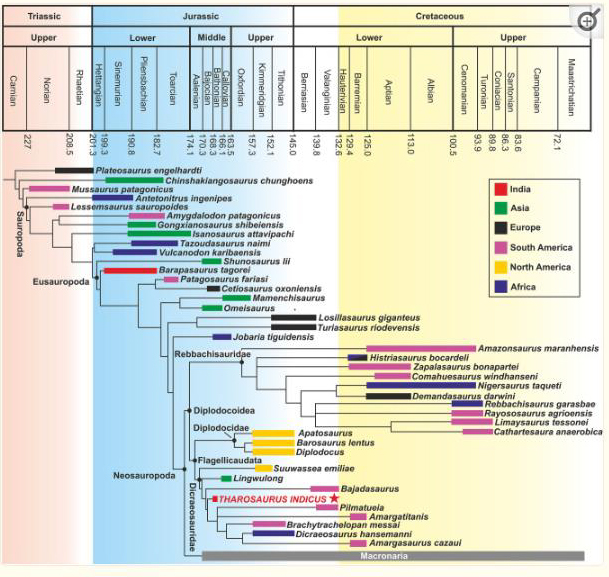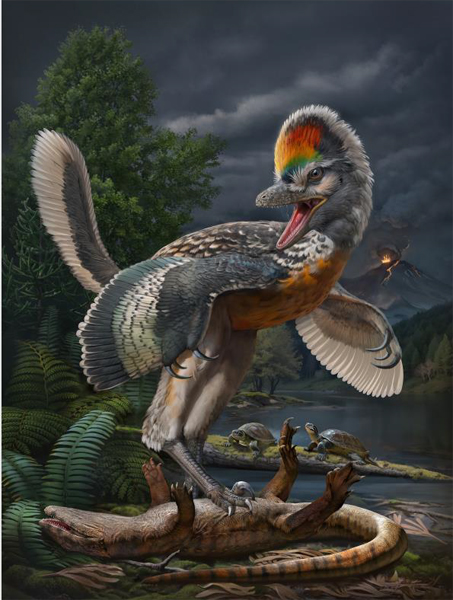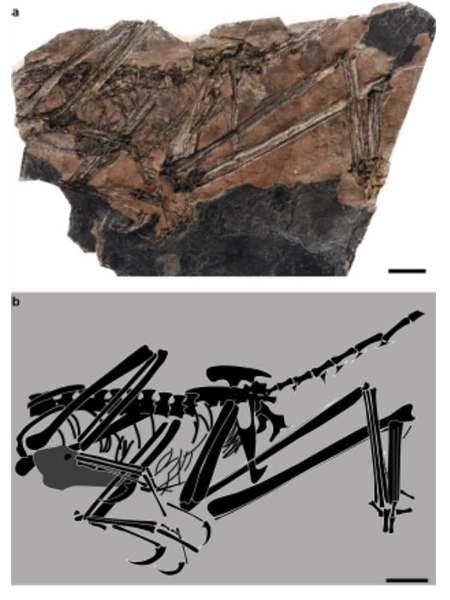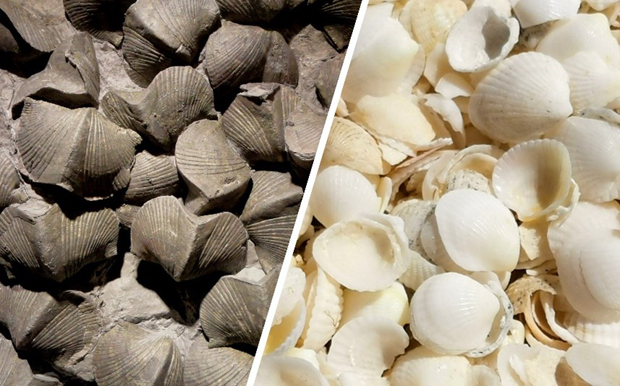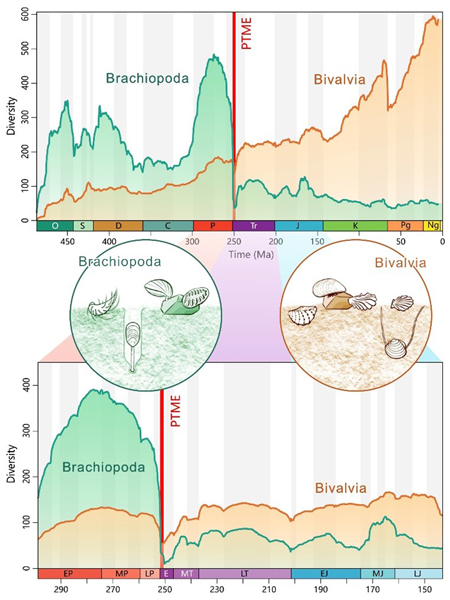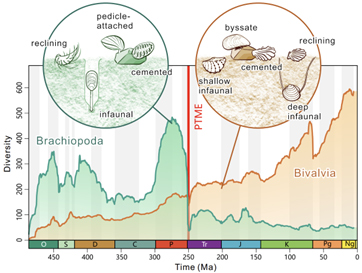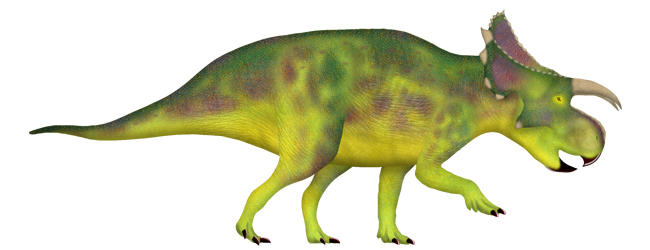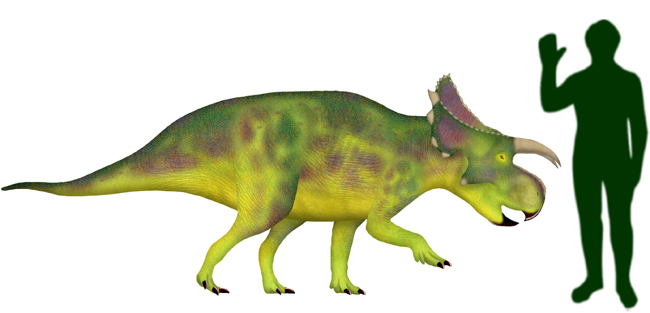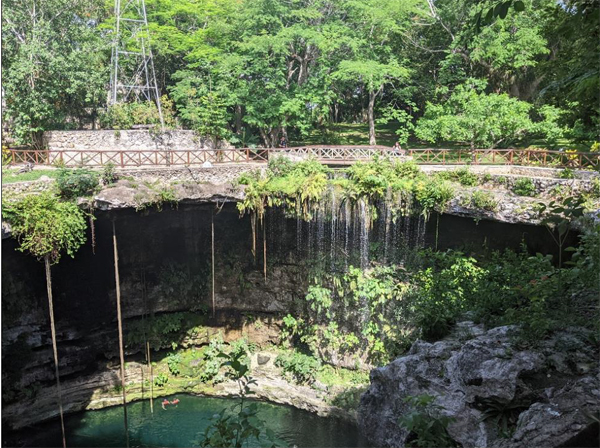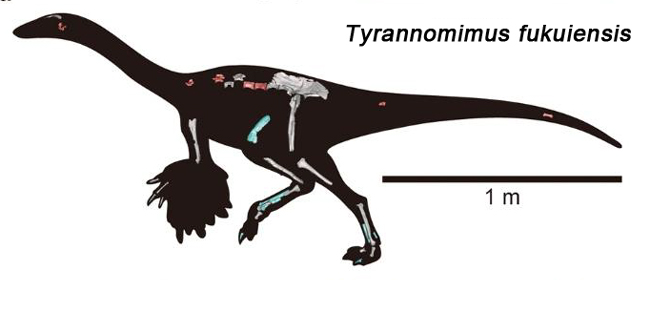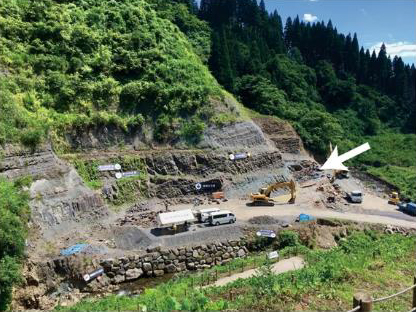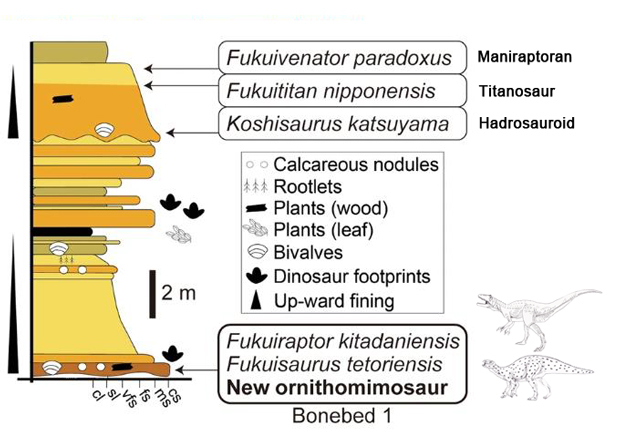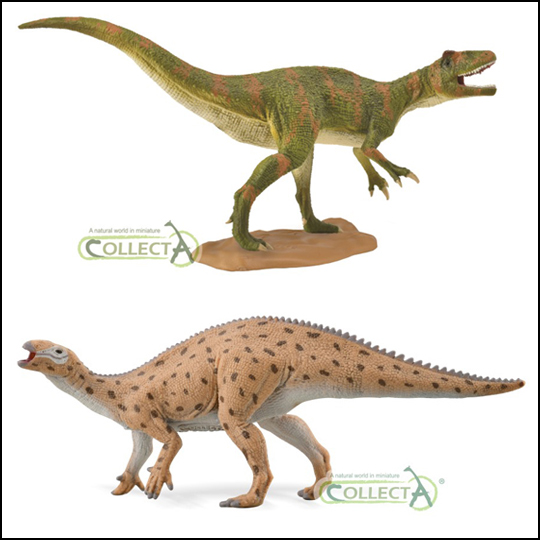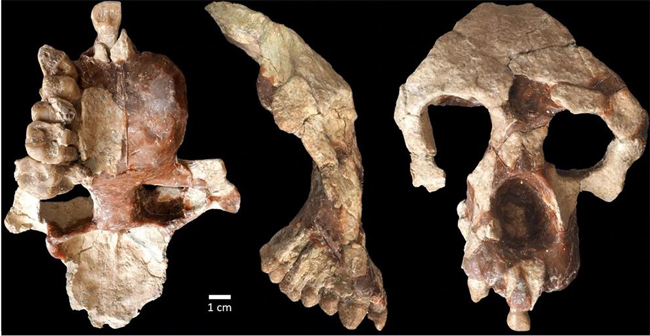Fossil finds, new dinosaur discoveries, news and views from the world of palaeontology and other Earth sciences.
Manchester Palaeontologist Goes to Hollywood
A palaeontologist from the University of Manchester, Dr Dean Lomax is off to Hollywood. Dr Lomax will be walking the red carpet as a new documentary film entitled “Why Dinosaurs?” is premiered. As the lead expert for the project and executive producer, Dr Lomax has been instrumental in helping to bring to the screen this ground-breaking exploration of our fascination with the Dinosauria.
Why Dinosaurs?
Dean is a world-renowned palaeontologist and an Honorary Research Fellow at The University of Manchester. He helped father and son team, Tony and James Pinto realise their dream of making a dinosaur documentary. The premier, being held in Hollywood on November 3rd will be a star-studded affair. Dean very kindly offered us tickets to attend this exciting event. Unfortunately, we are unable to go, ironically in part, as we have on-going projects with students from Manchester.
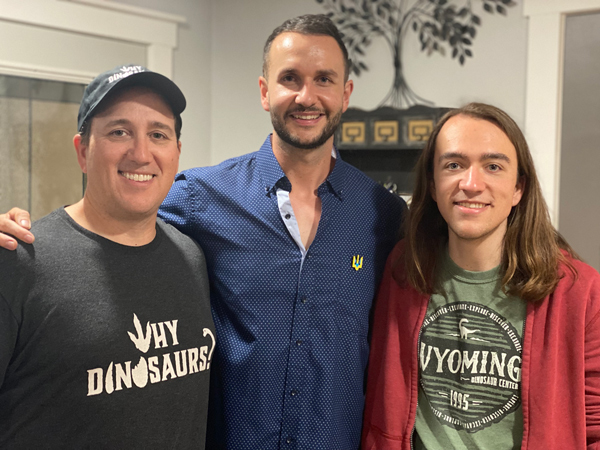
Dean helped shape the scientific narrative and assisted first-time filmmakers James and Tony with their innovative production.
He explained:
“This film is for everyone who ever played with dinosaurs as a kid, wanted to be a palaeontologist and dig up dinosaurs, or loved movies like Jurassic Park and Jurassic World. It’s a timeless story that will inspire girls and boys across the planet to pursue science in a variety of disciplines – not just palaeontology – as well as boost attendance at natural history museums for decades to come.”
To catch up with Dean’s adventures and to explore other projects that this award-winning palaeontologist has been involved with: British Palaeontologist Dr Dean Lomax.
A Documentary Six Years in the Making
“Why Dinosaurs?” is written and directed by Tony Pinto. It documents his son’s obsession with dinosaurs. The project started six years ago and gained huge traction following successful crowdfunding. It has reached the big screen, and it will be premiered in front of hundreds of dinosaur fans, celebrities and world-renowned experts in the field.
More than sixty-five palaeontologists were interviewed including Dr Lomax, as well as amateur fossil hunters, artists and dinosaur fans. James and his father even tracked down the director of Jurassic World for their film project. Dinosaurs and dinosaur models are discussed with fans from all over the world.
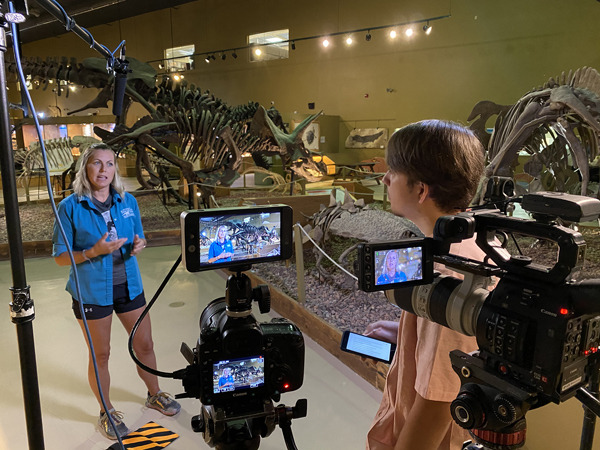
Genuine Voices of Working Palaeontologists
Tony Pinto explained that he wanted to make a dinosaur documentary that championed the world of scientists. He wanted to move away from the traditional computer-generated images and dinosaur reconstructions. The film “Why Dinosaurs?” tells the story of our fascination through the voices of working palaeontologists, science communicators, artists, and dinosaur fanatics. His son also got the opportunity to take part in excavations and other scientific endeavours.
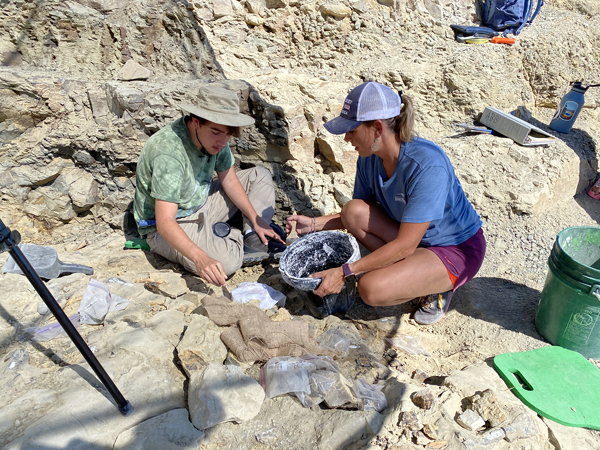
Tony added that the film:
“Tells a brief history of palaeontology and explores the world’s fascination with dinosaurs and popular culture.”
For Dean, this film is close to his heart. He enjoys meeting dinosaur enthusiasts and spends much of his time involved in public engagement.
Dr Lomax commented:
“As a palaeontologist who is always excited to share my passion with the public, I am thrilled to be talking about dinosaurs on the big stage and introducing the film in the heart of Hollywood.”
We wish everyone involved with this wonderful project every success. Have fun at the Hollywood premier.
“Why Dinosaurs?” is G-rated, 90 minutes long, and anticipated to be available for purchase or streaming in early 2024.
Everything Dinosaur acknowledges the assistance of a press release from the University of Manchester in the compilation of this article.



